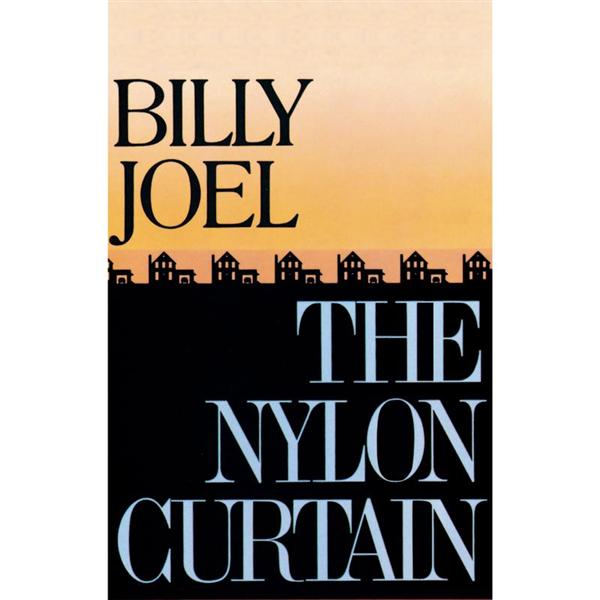
The Nylon Curtain (1982)

1. Allentown
2. Laura
3. Pressure
4. Goodnight Saigon
5. She's Right on Time
6. A Room of Our Own
7. Surprises
8. Scandinavian Skies
9. Where's the Orchestra?
By the time Billy Joel released The Nylon Curtain in 1982, he had already established himself as one of America's foremost singer-songwriters. Yet rather than rest on commercial momentum, Joel chose this moment to pursue his most ambitious and thematically weighty project to date. Working closely once again with producer Phil Ramone, Joel constructed an album that aimed not merely to entertain but to provoke, layered with elaborate arrangements, social commentary, and sonic experimentation. The result is arguably the most sophisticated album of his career.
Technically, the album is a marvel. Synthesizers, orchestral arrangements, sound effects, and intricate multi-tracking are deployed with surgical precision across its nine tracks. These elements never overwhelm the core songwriting; rather, they serve to enhance the psychological and emotional scope of the material. Far from being an exercise in excess, The Nylon Curtain presents a unified artistic vision—clearly indebted to The Beatles’ Abbey Road, but unmistakably Joel’s in tone and purpose.
Thematically, the album marks a significant departure from the adolescent narratives of his earlier work. Allentown opens the record with a frank depiction of blue-collar decline in post-industrial America. Its rhythmic drive and sampled factory sounds lend it both immediacy and a sense of resigned frustration.
Goodnight Saigon, meanwhile, delivers an unusually solemn reflection on the Vietnam War—remarkable not only for its inclusion of actual helicopter effects but also for its unflinching portrayal of disillusionment and solidarity among soldiers. That such a politically charged composition became a artistic stape is a testament to both its resonance and Joel’s expanding range.
Elsewhere, Pressure explores the psychological toll of adult responsibility and existential strain. Its jagged arrangement and vocal urgency mirror the subject matter with uncommon fidelity. While stylistically divergent from his previous singles, it captures a sense of 1980s anxiety with remarkable prescience. More opaque tracks like Surprises and Scandinavian Skies delve into psychological and symbolic territory, influenced by the avant-garde impulses of John Lennon and George Harrison, whose spirits clearly haunt the record’s sonic and lyrical structure.
Even the more conventional tracks on the album are sharpened by context. Laura and A Room of Our Own bristle with unresolved tension, both personal and interpersonal, while the final track, Where’s the Orchestra?, offers a somber coda. In it, Joel reflects—perhaps with some irony—on the emptiness of success, asking why the anticipated fulfillment remains elusive even after all the instruments have been assembled. It is a subtle but deeply affecting conclusion.
The Nylon Curtain is, by design, a difficult record. It asks more of the listener than any of Joel’s other works and offers fewer immediate pleasures. But its ambition, technical accomplishment, and thematic gravity place it at the pinnacle of his artistic output. Though later albums would yield popular successes, none would match the conceptual depth or emotional weight of this one. If The Stranger is the album that made Joel a household name, The Nylon Curtain is the album that demonstrated just how much he was capable of achieving.
Back To Main Page
Go To Next Review